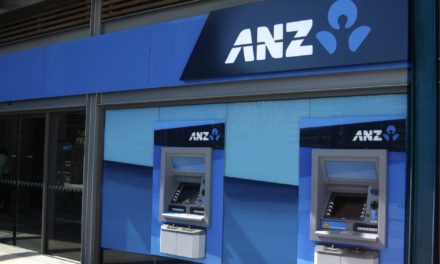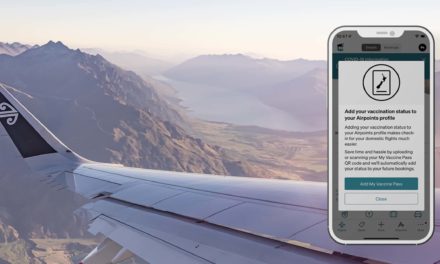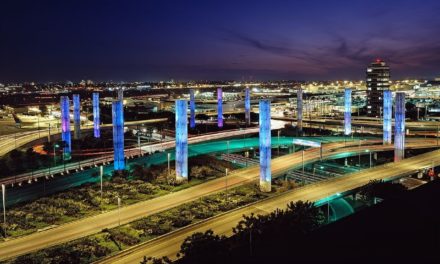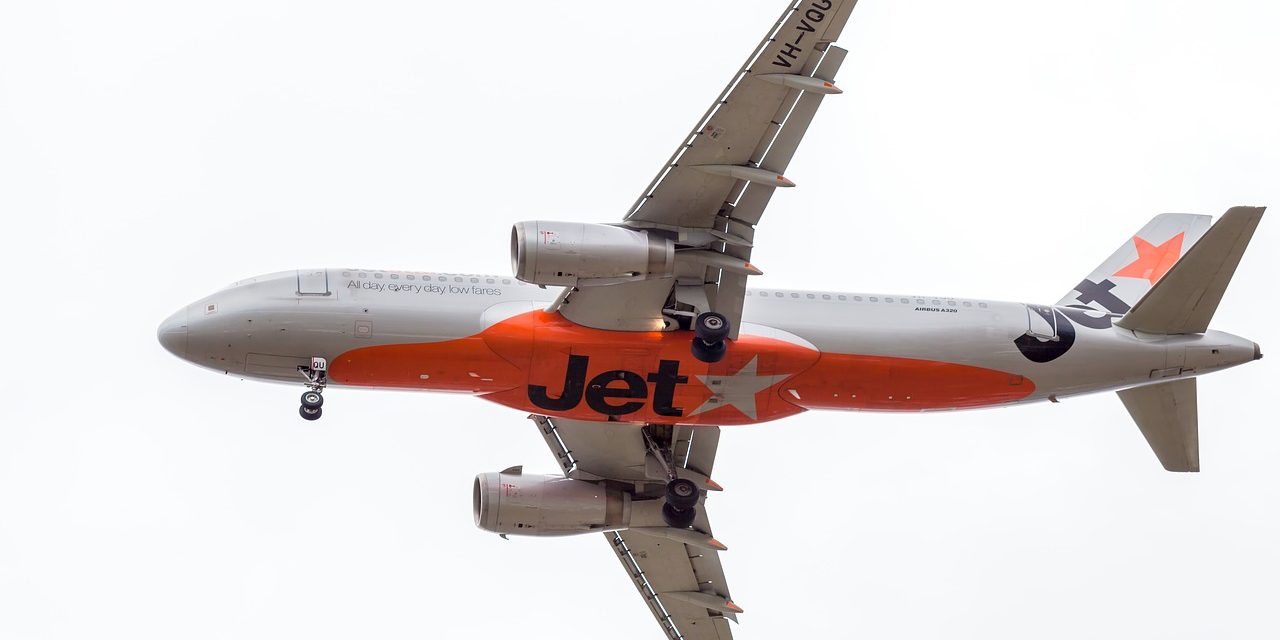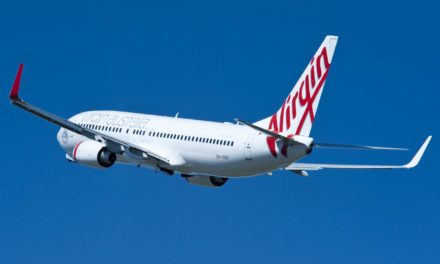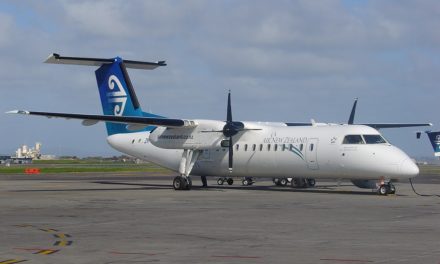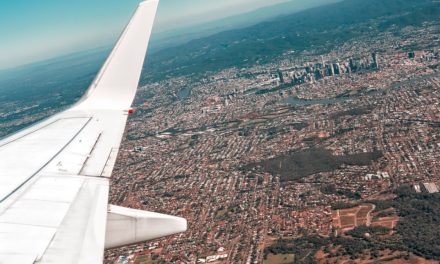Qantas has revealed the losses continue to stack up for Jetstar's New Zealand operations in their full year results that were announced today. The airline posted net profit of AUD$891 million for the year, down from AUD$953 million last year.
The New Zealand regional operations received some special attention in the financial results, with Qantas saying that "the regional services were loss-making and market conditions are being monitored closely".
Qantas do not break down figures for New Zealand operations, however industry speculation has always been that they have struggled to make any significant profit since entering the New Zealand market in 2009.
The Jetstar brand replaced Qantas domestic jet operations in New Zealand that were operated by New Zealand based subsidiary Jet Connect, primarily in an effort to cut costs and return to profitability after the launch of main trunk domestic jet services by Pacific Blue in 2007 that saw three airlines competing for main trunk jet business. Pacific Blue subsequently pulled out of New Zealand domestic operations in 2010 after struggling to gain any significant share of the market.
Jetstar fly Airbus A320 aircraft on main trunk routes, and introduced Bombardier Q300 aircraft operated by Qantas owned Eastern Australia Airlines on regional routes in late 2015. Since then they've struggled to gain any real momentum in the regional market, and cut plans to introduce additional regional aircraft, and to launch any further regional destinations.
Jetstar currently operate regional services between Auckland and Nelson, Auckland and Napier, Auckland and New Plymouth, Auckland and Palmerston North as well as between Wellington and Nelson. On all of these routes they compete directly with Air New Zealand, and also compete with Sounds Air between Wellington and Nelson. Questions must certainly be asked about the initial route choices, and why routes such as Auckland to Tauranga that has continued to experience significant growth was not chosen initially.
The decision by Air New Zealand and Qantas to partner up and codeshare on domestic services in each others home country after the messy divorce between Air New Zealand and Virgin Australia has also seen further impact on Jetstar, with many Australian based Qantas customers preferring to fly Air New Zealand domestically inside New Zealand rather than Jetstar.
The poor performance of Jetstar New Zealand operations were highlighted by Air New Zealand during their 2019 investor day in June in a way you could argue verged on being slightly arrogant. Air New Zealand have a 82% market share in New Zealand for domestic flights, 90% of the revenue pool of domestic flights in New Zealand, and 100% of the profits.
Jetstar have always struggled in New Zealand, with one of the key contributors to this being that they're simply too small. The lack of frequency on most routes mean they are not a serious option over Air New Zealand for many travelers, but while they're suffered with on-time performance at times and carry a stigma that their flights are often delayed or cancelled, the reality is their on-time performance statistics in recent years have been very good compared to Air New Zealand who have really struggled in this area.
The biggest problem with flying Jetstar is when your flight is cancelled - unlike Air New Zealand who have the frequency to fly disrupted passengers on the next flight(s) that day, fly in an extra aircraft if needed, or at worse fly passengers the next day if it's a weather issue, it's not uncommon to hear of Jetstar passengers being told they may have to wait several days for a flight.
The price of airfares in New Zealand always seems to be a topic of debate, and the pricing of regional airfares in particular has even seen the involvement of MPs including Regional Development Minister Shane Jones wade into the debate accusing Air New Zealand of ripping off passengers on regional flights. Many people believe regional airfares are too high - but it's safe to say the vast majority would have no idea as to the true costs of actually providing the service with smaller aircraft. The simple reality is that it typically does cost more to fly a passenger on a 50 seat turboprop aircraft than it does to fly a passenger on full A320 jet.
Most entry level fares on smaller regional aircraft are loss making on most routes, and people's expectations that regional airfares are expensive because they can "fly to Australia for less" is flawed logic typically based on comparing special fares to Australia booked months out, and a last minute regional airfare. Despite what many think, the cost of flying domestically in New Zealand is not expensive compared to many other countries.
The introduction of Jetstar on regional routes has seen airfare prices drop due to competition, but when Jetstar are losing money operating those services it should act as a wake up call to people that low pricing isn't necessarily a sustainable business model. With the economy and inbound tourism numbers both cooling off several years of significant growth, and airline operating costs increasing significantly due to increased fuel prices, the time could come where Qantas decide cut their losses and pull their Jetstar Q300 aircraft out of New Zealand.
